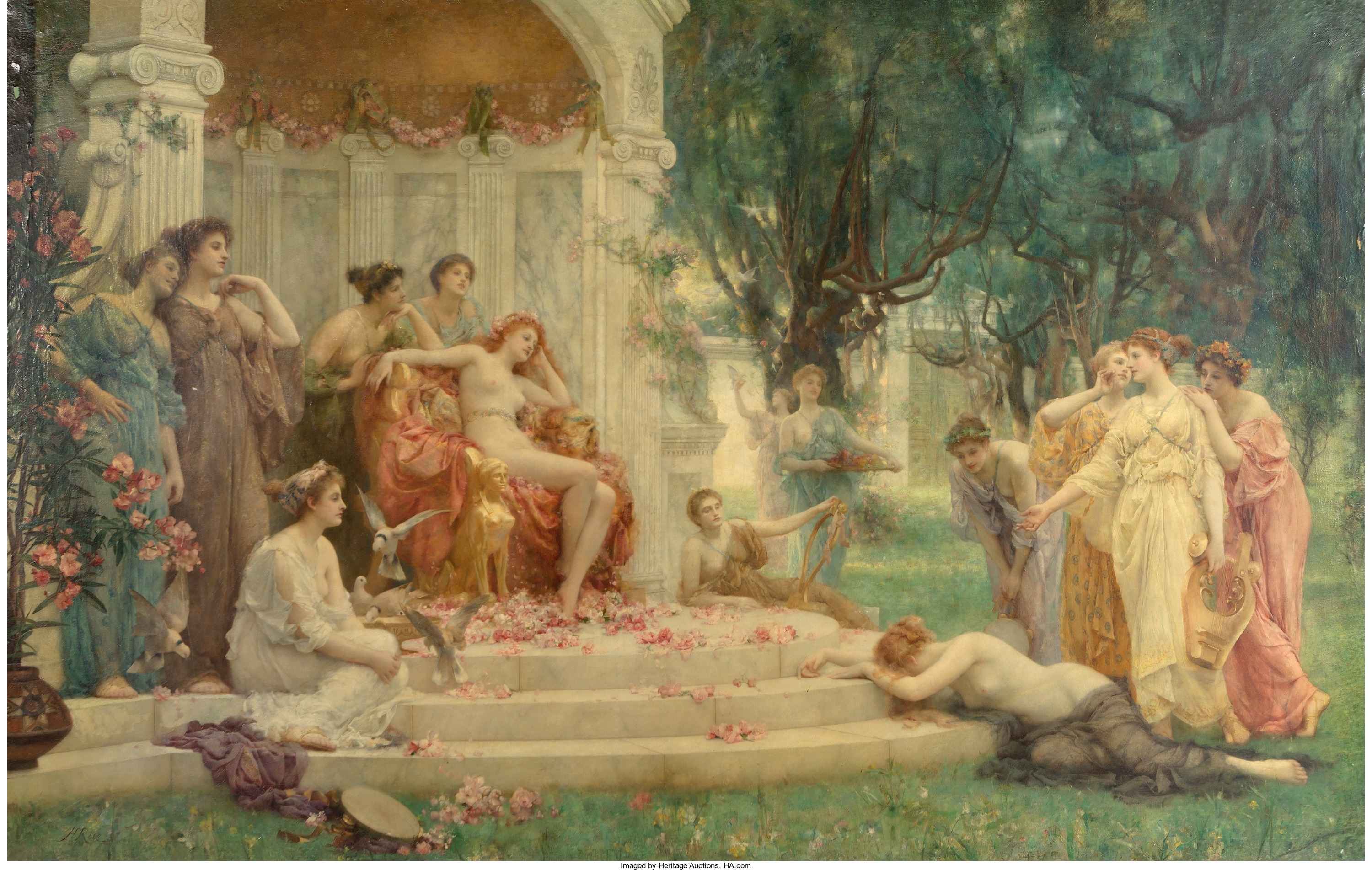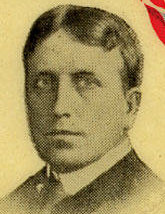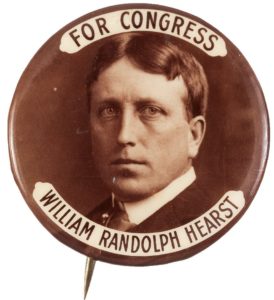
By Jim O’Neal
The American Film Institute consistently ranks Citizen Kane at No. 1 on its list of the 100 Greatest Films of All Time, closely followed by The Godfather (1972) … my favorite … and Casablanca (1942). Citizen Kane was nominated for nine Academy Awards and snagged the one for Best Writing (Original Screenplay).
Despite the critical success, the film flopped at the box office, failed to recoup its production costs and gradually faded from view. William Randolph Hearst’s ban of any mention of the film in any of his vast network of newspapers was no doubt a contributing factor in its mediocre financial performance. Hearst (1863-1951) had a valid rationale for this unusual level of censorship, since the film was a thinly veiled biopic covering his entire life (using an effective, flashback technique) and his long-standing relationship with actress Marion Davies.
In addition, his architectural masterpiece at San Simeon on the sparkling California coastline was parodied in the film by a castle called Xanadu, located in Florida as an added insult.

After Hearst’s death in 1951, the film underwent a remarkable resurrection … rivaling Lazarus of Bethany being restored to life by Jesus four days after his death. Citizen Kane’s revival trajectory is so persistent that it’s probable that the next three generations of movie fans will be transfixed by two dramatic scenes in the movie. The first is a dying Charles Foster Kane (played by Orson Welles) literally gasping the word “Rosewood” as a sled is tossed into the fireplace with the voiceover “throw that junk in.” And Susan Alexander Kane (Marion Davies) alone in a dark cavernous room – jigsaw puzzles scattered around her.
Hearst’s beloved hilltop home, which he called “La Cuesta Encantada” (The Enchanted Hill), was cast by the spooky Xanadu, a forbiddingly deserted pile filled with meaningless junk. In the scholarly world, Hearst Castle is the name most commonly used for the estate since the 1930s, although Hearst is only recorded once as using it.
Of course, the real lives of Hearst and Davies differed in many important ways. Welles had never been to San Simeon or even met Hearst or Davies. The film’s images were conjured up by Welles, his collaborator John Houseman and screenplay co-author Herman Mankiewicz, a writer who had been a guest at San Simeon.
Yet historians, critics and the general public have been content to rely on the lore of a two-hour film for their insights into Hearst and Davies … to no great harm other than fostering a contrived fiction. It is the crude Xanadu, which mars the splendor of the real California coastline with the amazing Hearst Castle’s 360-degree view from 1,600 feet above the Pacific Ocean peeking through the morning fog, that rankles many (including me).
Little thought has been given to the probability that Hearst’s buying methods were by his choice rather than the side effect of money and ignorance. His omnium-gatherum approach to collecting was personal rather than the critics’ inaccurate assumption that it was all purchased in a dealer-inspired grand pillage of a Europe desperate for cash to rebuild after WWI. Just consider the letter to his architect Julia Morgan to capture his other love, animals: “How about a maze in connection with the zoo. I think getting lost in the maze and coming unexpectedly upon lions, tigers, pumas, panthers, wild cats, macaws and cockatoos would be a thrill for even the most blasé.”
He was a generous man and I suppose if you had a particular yen for an ibex, one would have been provided to take home! They actually had 50 dachshunds in the kennels as gifts for animal-lover guests. Also, consider the extravagant excesses: One year, on Easter Sunday, guests awoke to find the castle surrounded by Easter lilies in bloom – planted during the night by a battalion of gardeners working under floodlights.
This is the marvel of the American West, if not the Western world, that I saw on tour.
So what if the man had an Edifice Complex. He could afford it.
 Intelligent Collector blogger JIM O’NEAL is an avid collector and history buff. He is president and CEO of Frito-Lay International [retired] and earlier served as chair and CEO of PepsiCo Restaurants International [KFC Pizza Hut and Taco Bell].
Intelligent Collector blogger JIM O’NEAL is an avid collector and history buff. He is president and CEO of Frito-Lay International [retired] and earlier served as chair and CEO of PepsiCo Restaurants International [KFC Pizza Hut and Taco Bell].



